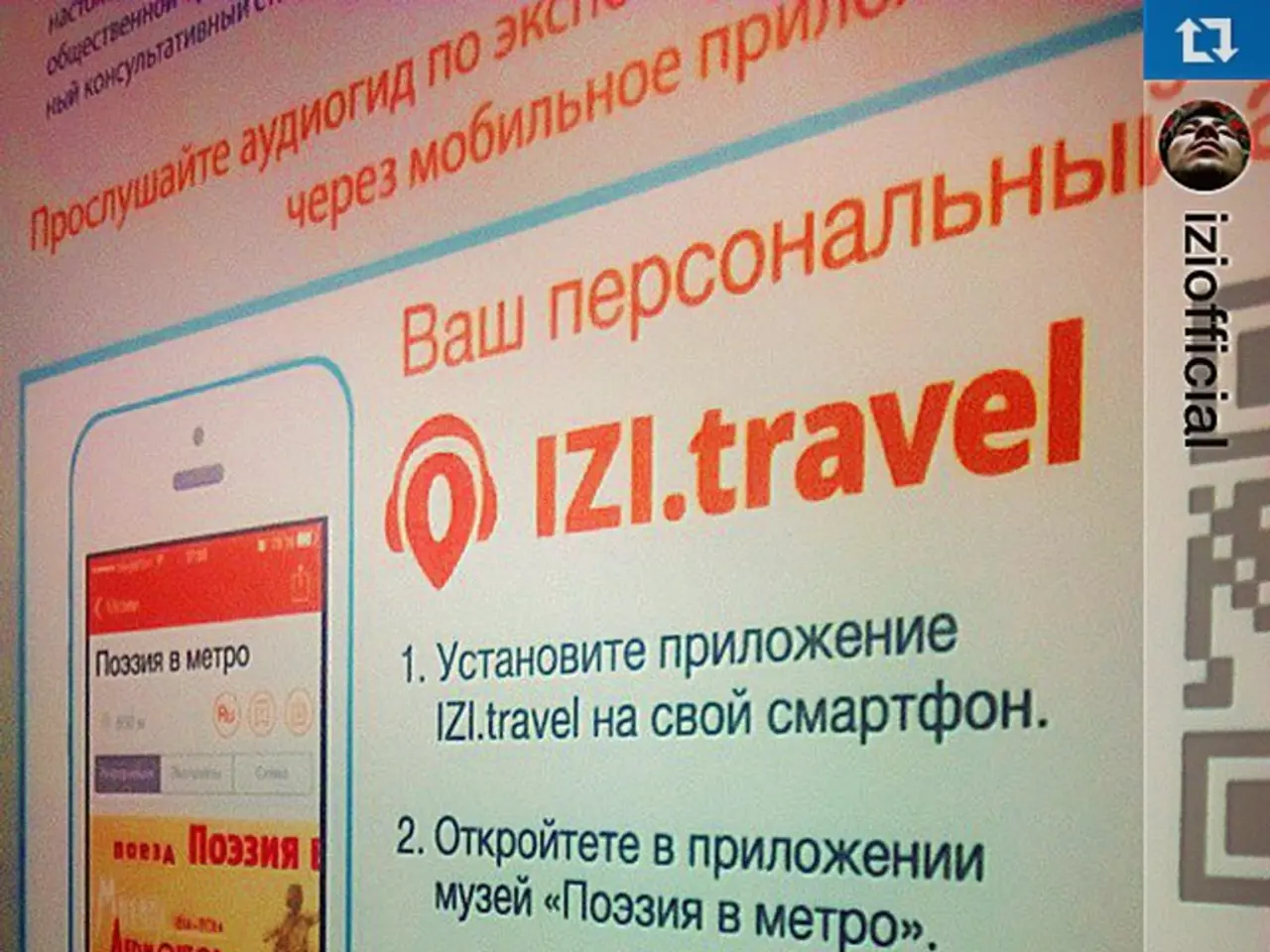Futures of Education: A Crucial Insight for Guardians and Sector Professionals
As the school year comes to a close, many parents are relieved but are also faced with a pressing task: understanding the crisis in America's education system. This issue isn't just about test scores or headlines; it's a systemic failure that affects not just students but businesses and industries. Millions of students are missing out on opportunities, and taxpayers' trust is being eroded.
Did you know that governments spend over $850 billion annually on K-12 education, averaging more than $16,000 per student? Yet, only 31% of eighth graders are proficient in reading, and 27% are proficient in math, according to the latest National Assessment of Educational Progress (NAEP). Poor performance has persisted for years, despite record-high spending. You would think there'd be outrage, but families are often met with shrugs and excuses.
Excuses range from the impact of COVID-19 on learning to a lack of funding. But these reasons don't hold water. Student performance has been flat or declining since 2013, and pandemic relief funds—totaling over $190 billion—barely made a dent. Now that the money is gone, school districts are on a fiscal cliff after spending irresponsibly without accountability.
Parents aren't waiting for top-down solutions anymore. They're driving a movement for education freedom—a shift towards learning that is personalized, innovative, and accountable. This movement isn't just about school choice; it's about giving parents access to options, meaningful funding portability, and a culture of transparency and innovation.
States like Texas, Iowa, Indiana, and Arkansas have made significant progress in this area. For instance, Texas launched the largest day-one Education Savings Account (ESA) program in the country, while Iowa made ESAs universal and expanded its charter school sector. These states didn't just talk about education freedom; they backed it with laws that let funding follow the student and gave families the freedom to choose.
Education freedom matters not just for families but for economic growth. When education policy aligns with workforce needs, innovation thrives, and businesses prosper. It's no coincidence that states leading in education freedom—such as Texas, Indiana, and Iowa—attract economic development. Leaders who prioritize education freedom also win in other sectors, because great education fuels a strong economy.
Other states have also seen improvements. Wyoming, North Dakota, Louisiana, Idaho, and Tennessee have expanded or created programs that prioritize parent-directed learning. These improvements underscore a broader trend: states with bold leaders who align workforce needs with educational delivery are best positioned to respond to parent demands.
On the flip side, states like Nebraska, South Carolina, and the District of Columbia have slid in the rankings due to weak follow-through, lack of vision, or resistance to innovation.
State leadership is key. In today's divided era, it's often governors—regardless of party—who are gaining popularity and political capital by championing education freedom. By funding students rather than systems, they not only improve education but also build public trust.
Parents want more than empty promises. They want a guarantee that their children's worth equals the same public funding regardless of their chosen school. They want transparency in curriculum and outcomes. They want innovation that breaks free from one-size-fits-all models. And above all, they want urgency.
Education freedom isn't a pipe dream. It's happening now in microschools, hybrid academies, online platforms, and career-based programs across the country. When parents are in charge, education becomes dynamic and adaptive. Students thrive. Educators innovate. Communities grow stronger.
This isn't just a policy imperative. It's a moral one. Every year we waste, another generation of students falls through the cracks. We need leaders who are ready to challenge the status quo, put families first, and fund education that works—wherever it happens.
The Parent Power! Index doesn't just highlight where states stand; it offers a vision of what's possible when we stop funding systems and start funding families. That's how we regain excellence, restore trust, fulfill the promise of American education, and meet critical industry needs.
The crisis in America's education system extends beyond test scores and headlines, affecting businesses and industries, with millions of students missing out on opportunities. To address this issue, parents are advocating for education freedom, focusing on personalized, innovative, and accountable learning approaches.
A key transition in this movement is the increasing emphasis on credentials, as parents seek a culture of transparency and innovation that aligns education with workforce needs, thereby ensuring success for their graduates in the finance industry and beyond.




